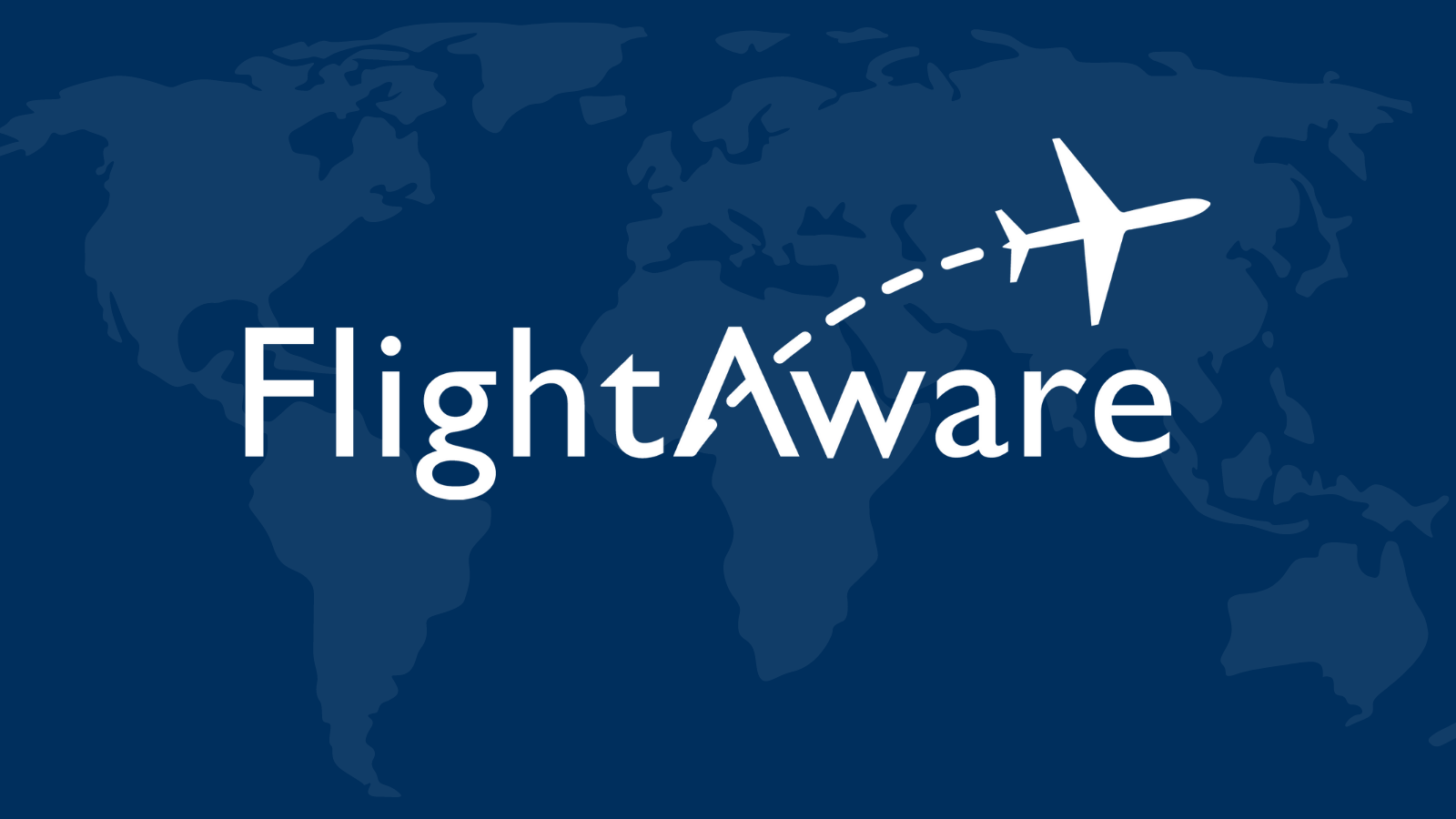MidlifeFlyer
Well-Known Member
This is for a future article I am thinking about. I'm familiar with Point to Point navigation. I even ended up doing it once on a flight without even thinking about it. What I am interested in is the history of it being removed from the Air Force Manual (and and any other military flight procedures). Here's what I have so far:
I have a copy of the October 2010 11-217 which describes TACAN point to point as a system to be used only under very specific circumstances "In order to legally conform to NAS area navigation procedures." The June 2019 version is even more limiting, requiring the pilot to say "unable" "unless the primary navigation equipment onboard the aircraft is certified for the appropriate area navigation capability."
The questions - and if you have access or can point me to the documents online, that would be a huge help:
I have a copy of the October 2010 11-217 which describes TACAN point to point as a system to be used only under very specific circumstances "In order to legally conform to NAS area navigation procedures." The June 2019 version is even more limiting, requiring the pilot to say "unable" "unless the primary navigation equipment onboard the aircraft is certified for the appropriate area navigation capability."
The questions - and if you have access or can point me to the documents online, that would be a huge help:
- Is June 2019 the current version of the 11-217?
- Did the 2019 language appear earlier? When first?
- Is there a version earlier than October 2010 which limits the use of TACAN point to point? When?
- I have heard but have not been able to confirm that the limitation of TACAN point to point navigation was the result of a letter from the FAA saying it was illegal. I would love to get my hands on a copy of that letter.

